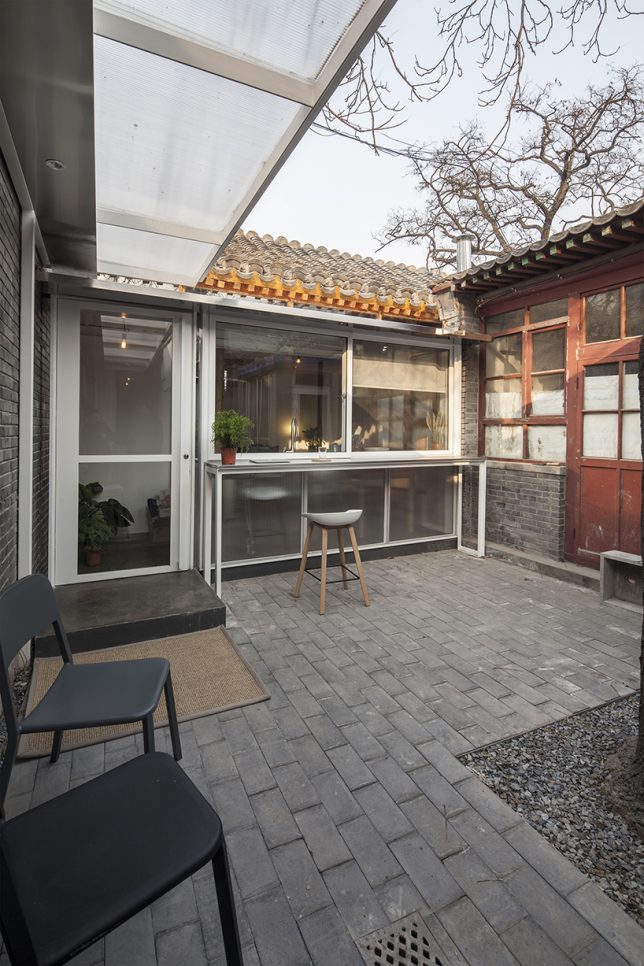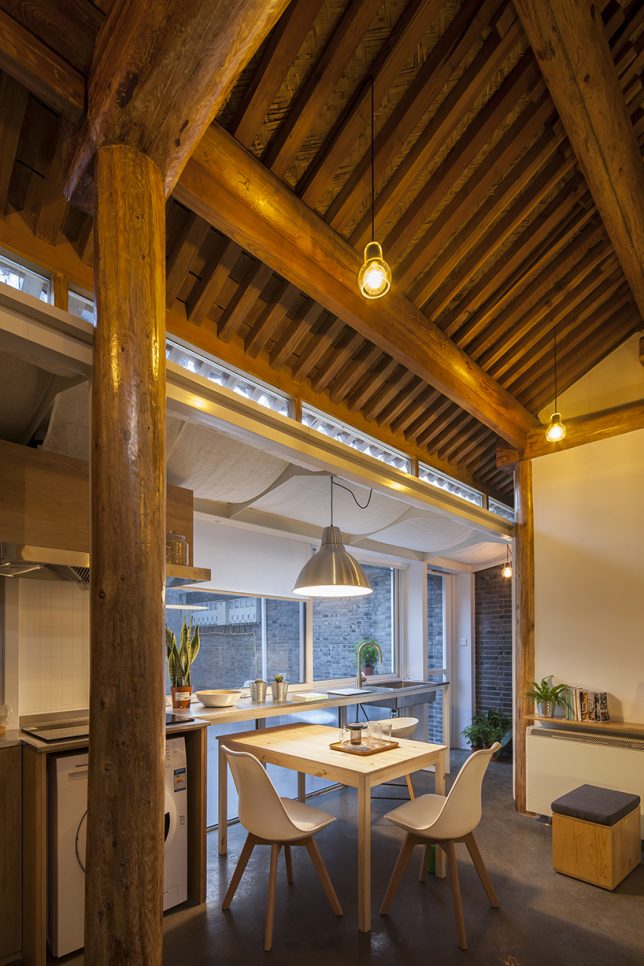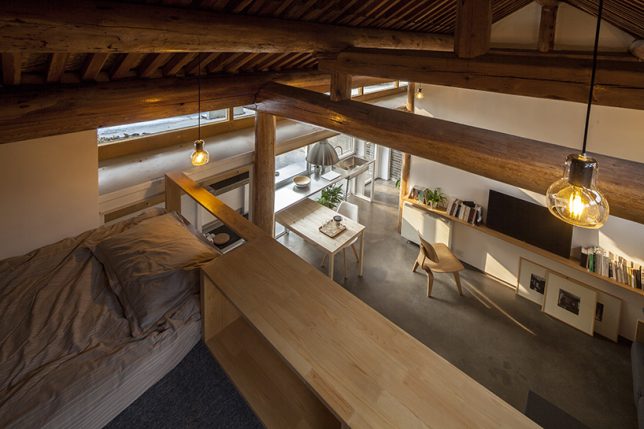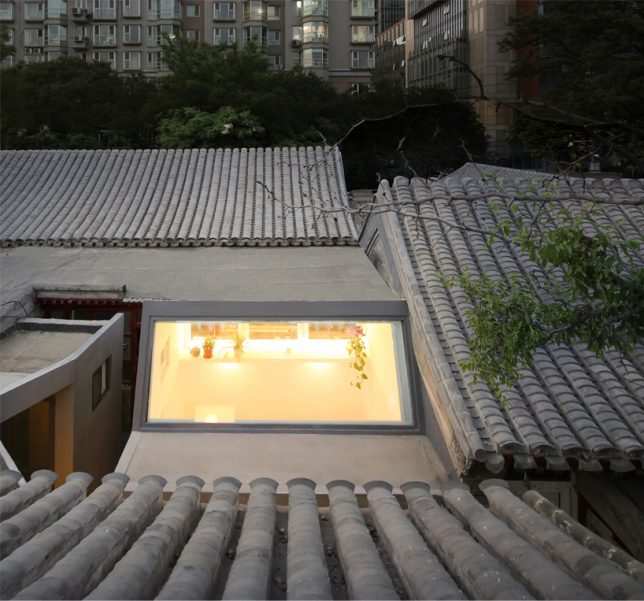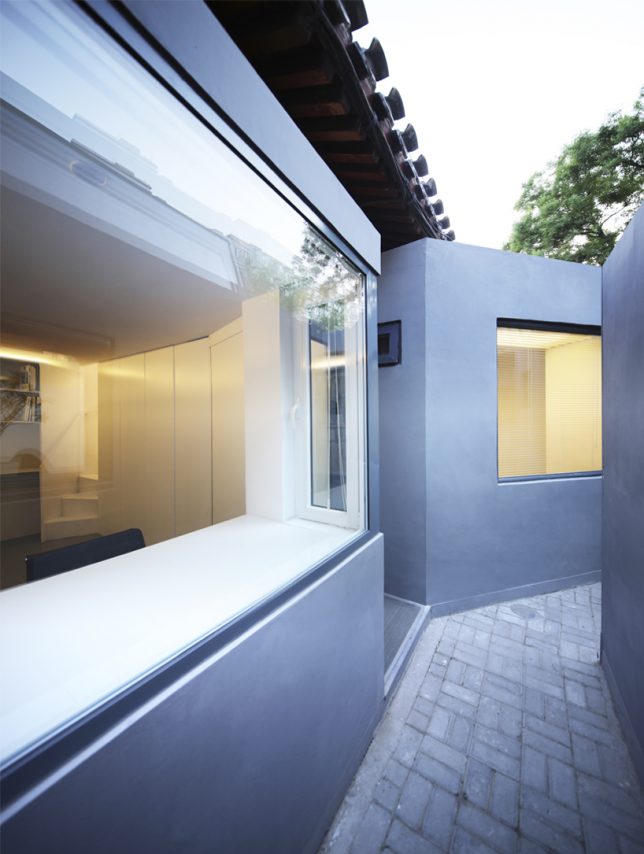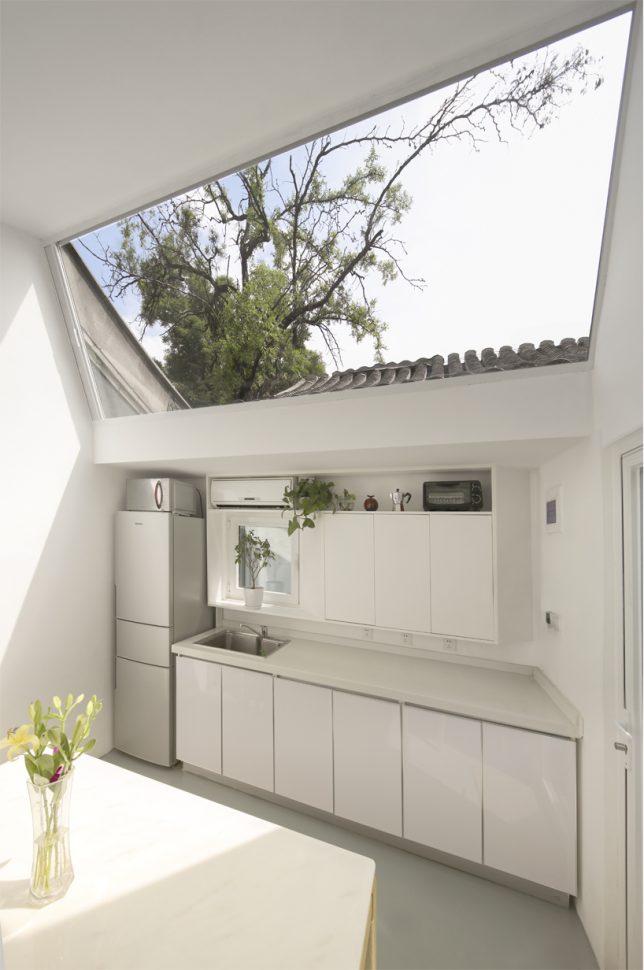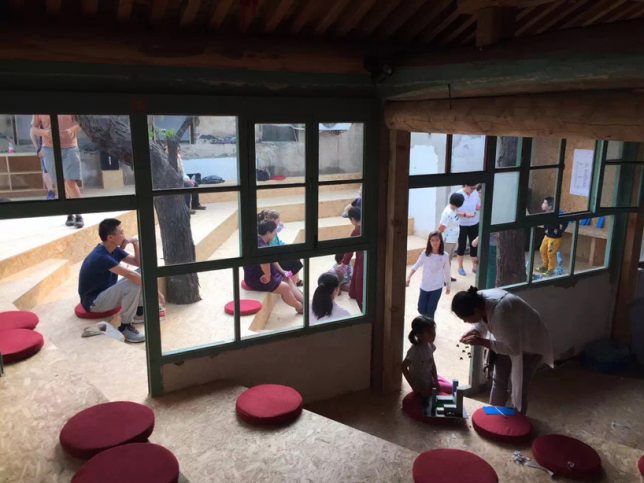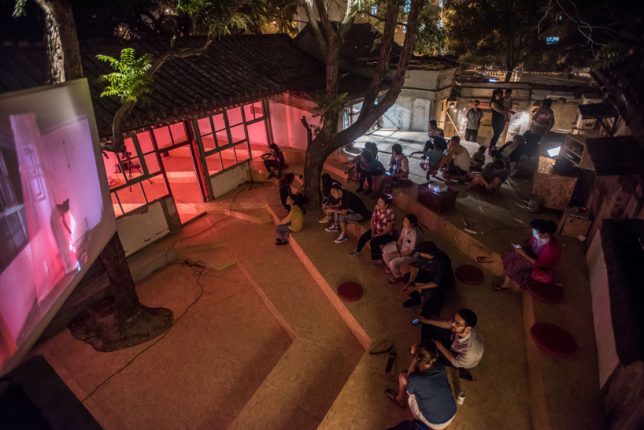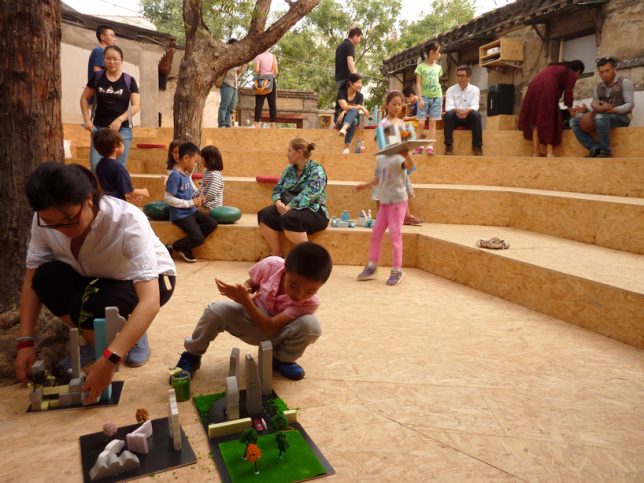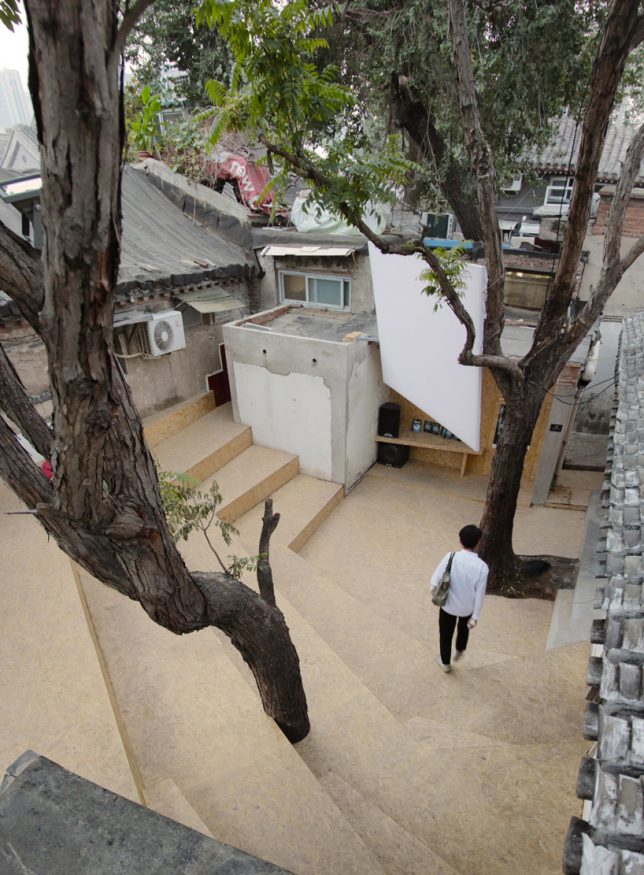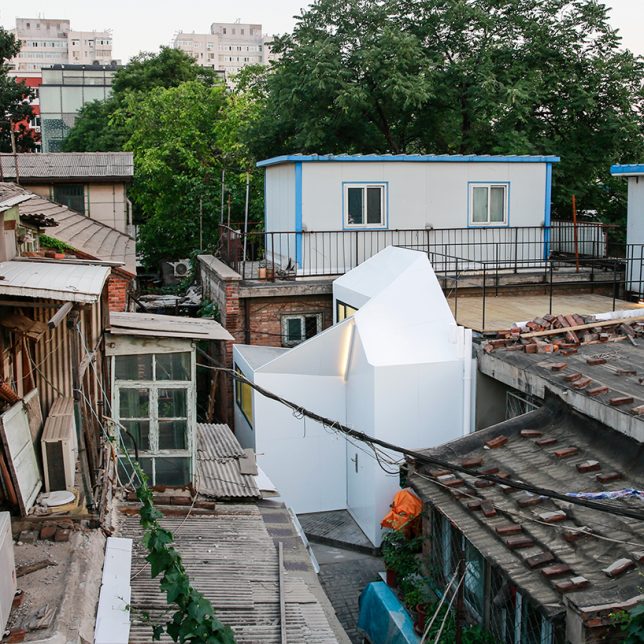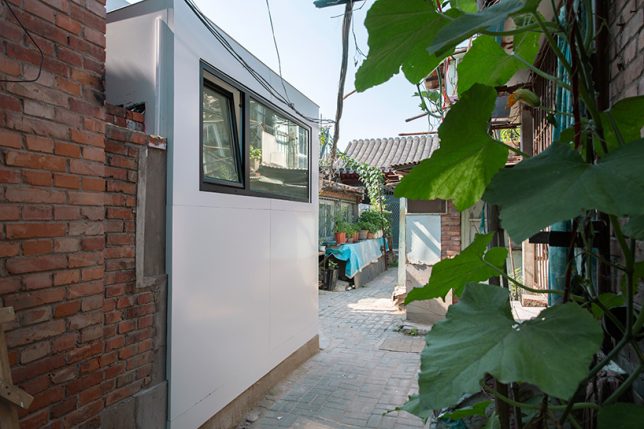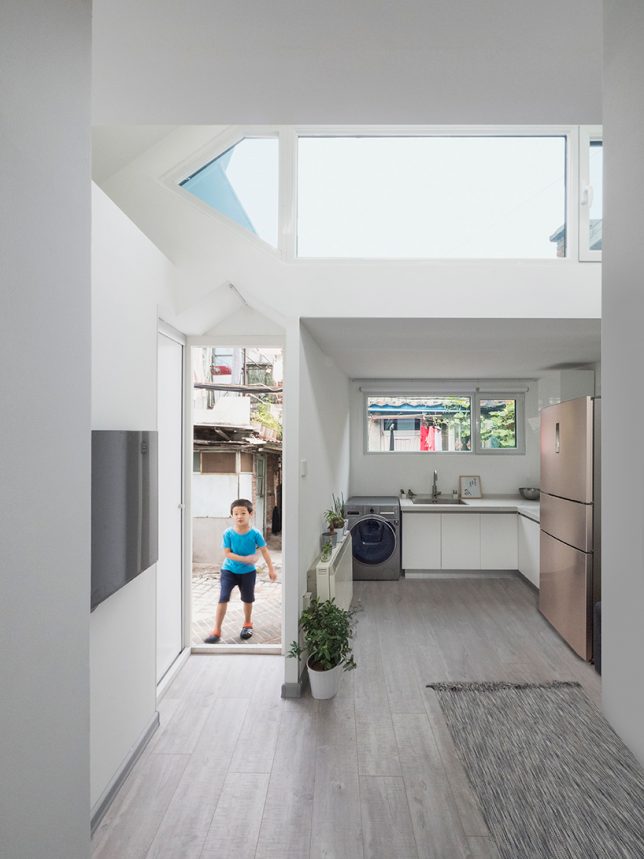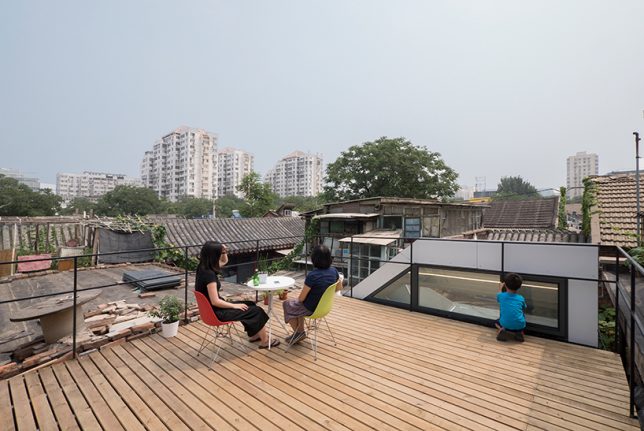Xirongxian Hutong Home by OEU-CHaO
Where a dark and poorly ventilated space once stood, architecture firm OEU-CHaO has created a warm and cosy residence with the feel of a cabin. “For the local people, they seem not worry about the vanishing of past experience or the relationship between daily life and memory,” say the architects. “They also pay little attention to the public spaces outside buildings by the street, and to what the relationship is between public and private. ‘Isolation:’ this is happening on the building scale.” This home represents the firm’s compromise, which is remaining the the neighborhood with all its history, and keeping the exterior architectural typology while creating a private living space that feel surprisingly isolated inside.
West House by Bwao
Crisp, angular modern volumes project out of the shell of a hutong structure in this renovation by Chinese architecture firm Bwao. The firm divided the new home into north, west, east and south spaces, with some dedicated to private space for the client/host and others open to travelers. A dining room with a transparent roof canopy occupies part of the former courtyard space, taking advantage of the sun with protection from rain and cold.
Pop-Up Amphitheater by BaO
As part of Beijing Design Week 2016, BaO architects temporarily inserted a pop-up amphitheater into a deteriorating hutong in the city’s historic Baitasi district. Ultimately, the courtyard will become a permanent cultural space. Simple terraced seating made of wood faces a makeshift movie screen, inviting local families as well as young and hip city dwellers to spend time among the hutongs and hopefully see their potential.
Beijing Plugin House by People’s Architecture Office (PAO)
Replacing part of an existing dwelling in Beijing’s central Changchun Jie neighborhood, ‘Plugin House’ by People’s Architecture Office sets a bright white apartment right into contrasting hutong surroundings. The client, who was born and raised in the area, wanted to remain there, but with access to basic utilities the neighborhood couldn’t offer (like sewage lines.) This solution is a double-height living space punctuated by skylights and topped with a private rooftop terrace.
